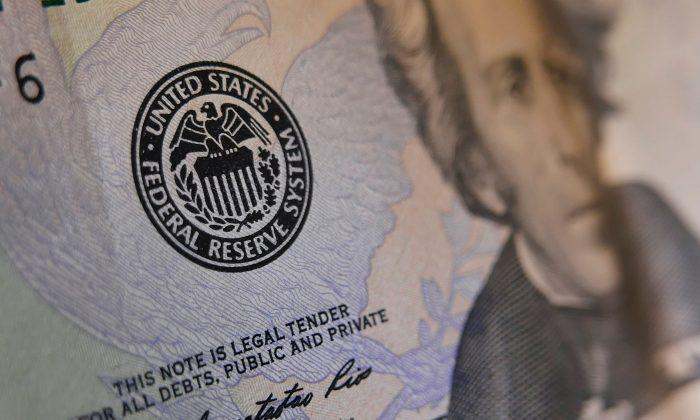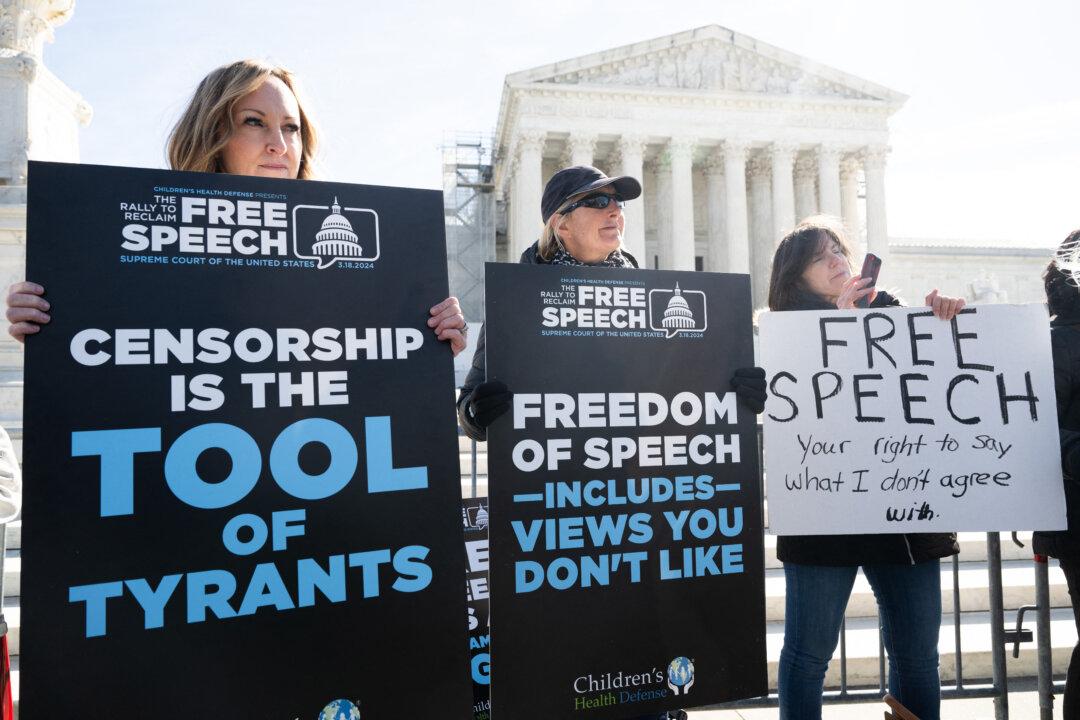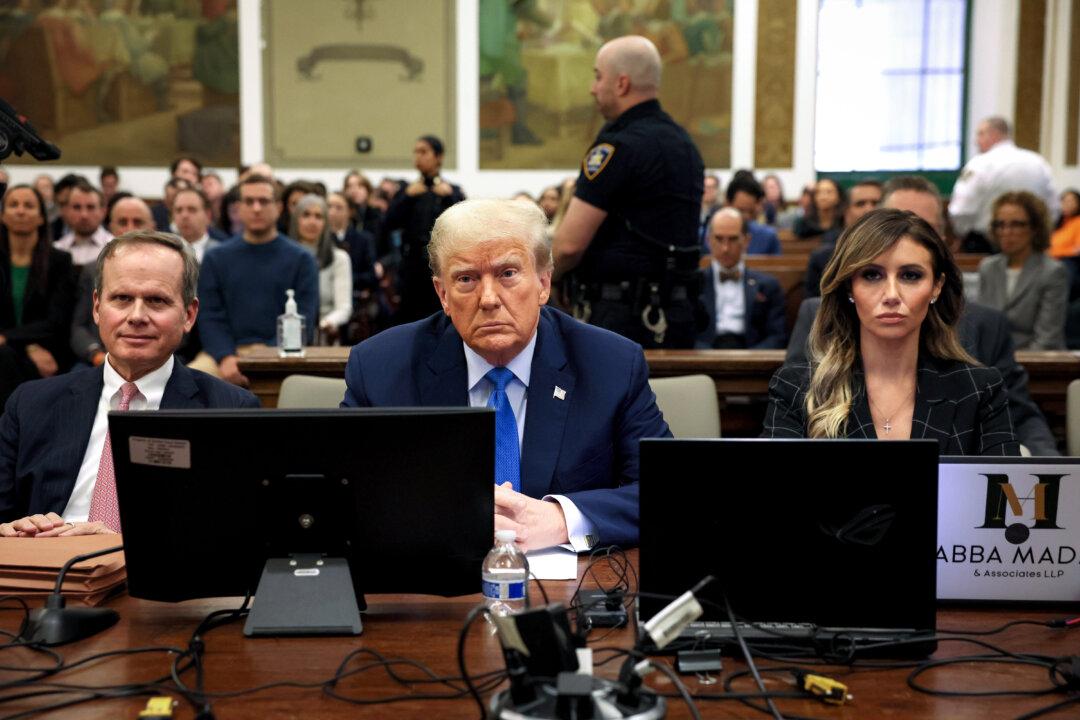This season of uncertainty and disruption that we’ve endured isn’t over. Perhaps it has only just begun.
As we all have experienced, 2020 has been a year marred by the CCP virus pandemic, the chaos and destruction of global lockdowns, civil unrest from coast to coast, and tens of millions of Americans losing their jobs.
Election Disruption
What’s more, we’ve just been through a national election that has resulted only in further uncertainty. Joe Biden is the declared winner at the moment, and even if that sticks, we’ll likely have a wider rift in the nation than before. Of course, should President Donald Trump be declared the winner, we can expect an even greater threat of civil unrest to follow.But even if we don’t see an increase in those areas, for millions of Americans, financial ruin is already upon them. Both their high-paying jobs and their savings are gone. Many are working lower-paying positions. Better jobs may return at some point, but it will be some time before they do.
The Next Big Disruption
What other major disruption could possibly happen?What will a digital dollar mean for the United States and the rest of the world?
Enter Universal Basic Income
In everyday terms, a digital dollar will more easily enable the institution of a universal basic income (UBI), which is basically a continuation of the PPP money in perpetuity. To some, such as former Democratic presidential candidate Andrew Yang, UBI is desirable and should be established. Indeed, in some places in the United States, such as Alaska, it already is.Or not.
The system is ripe for political abuse. Consider, for example, if the powers that be in Washington, D.C. don’t appreciate one’s political point of view.
That’s not only possible, but at some point, quite likely.
Enter MMT
The digital dollar also would ease the implementation of Modern Monetary Theory (MMT), wherein theoretically, nations can issue as much money as needed or wanted, without the consequences that come from debts against a currency. Again, from an operational standpoint, the PPP infusions have already “proven” that it can be done, with little impact (so far) of the enormous debt against the dollar’s value.For all of this to manifest as fully as possible, it’s likely that the digital dollar would, sooner or later, replace cash. Cash, after all, means privacy. People who don’t want federal oversight on everything they buy use cash for just that reason.
That doesn’t mean they’re breaking any laws, which is the usual narrative against cash. But it does mean that people want privacy, which, according to the Constitution, is an American right.
But will that constitutional right stand in the way of moving the country to a cashless monetary system?
Probably not.
Nonetheless, it would seem that the digital dollar is coming soon, whether one likes it or not.






Friends Read Free